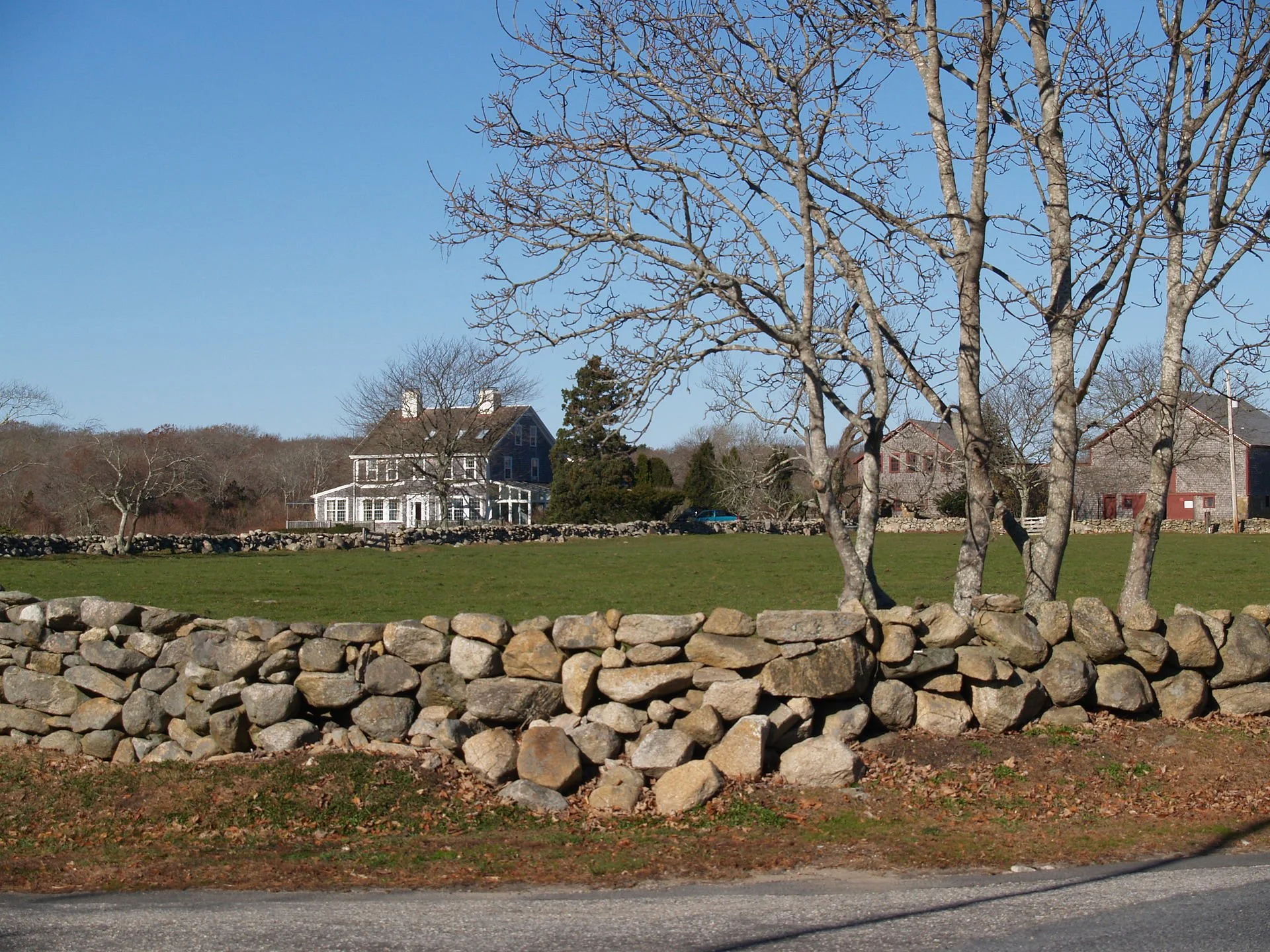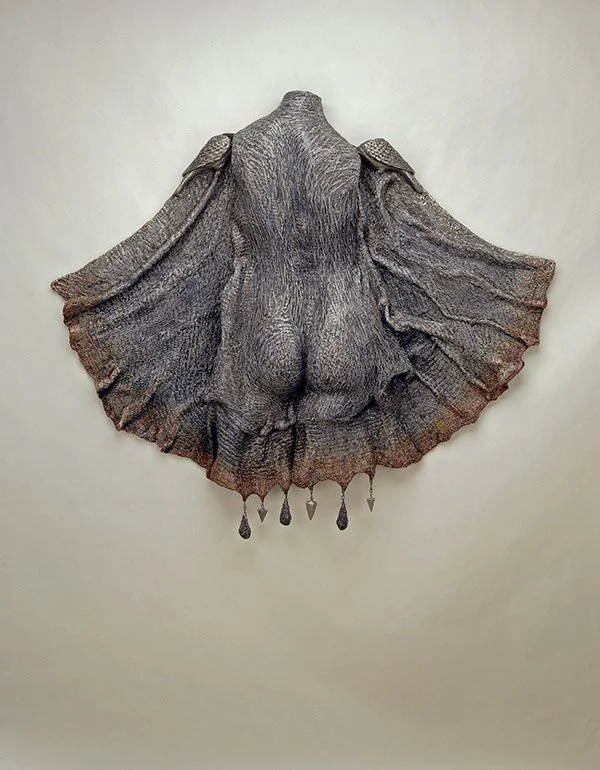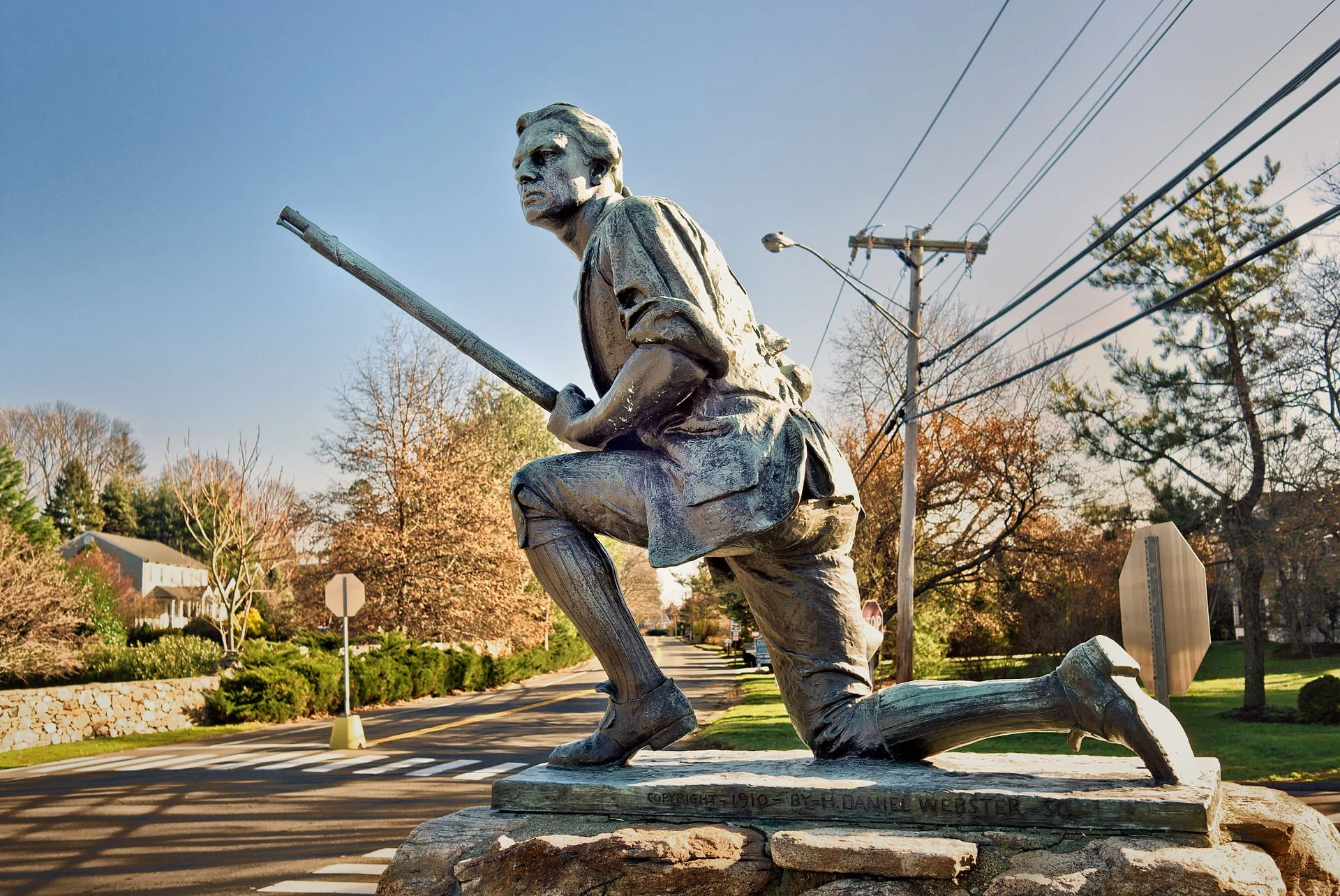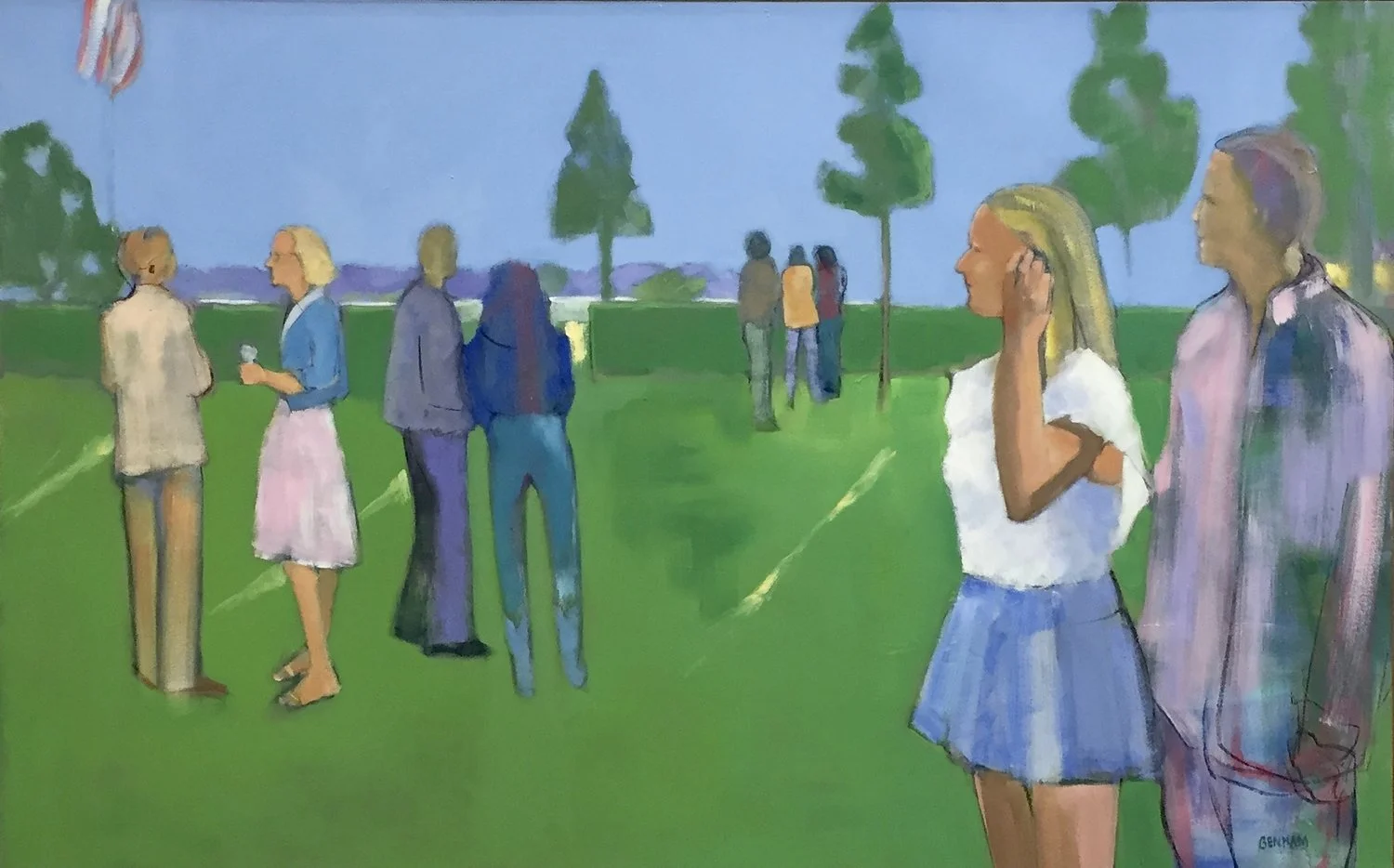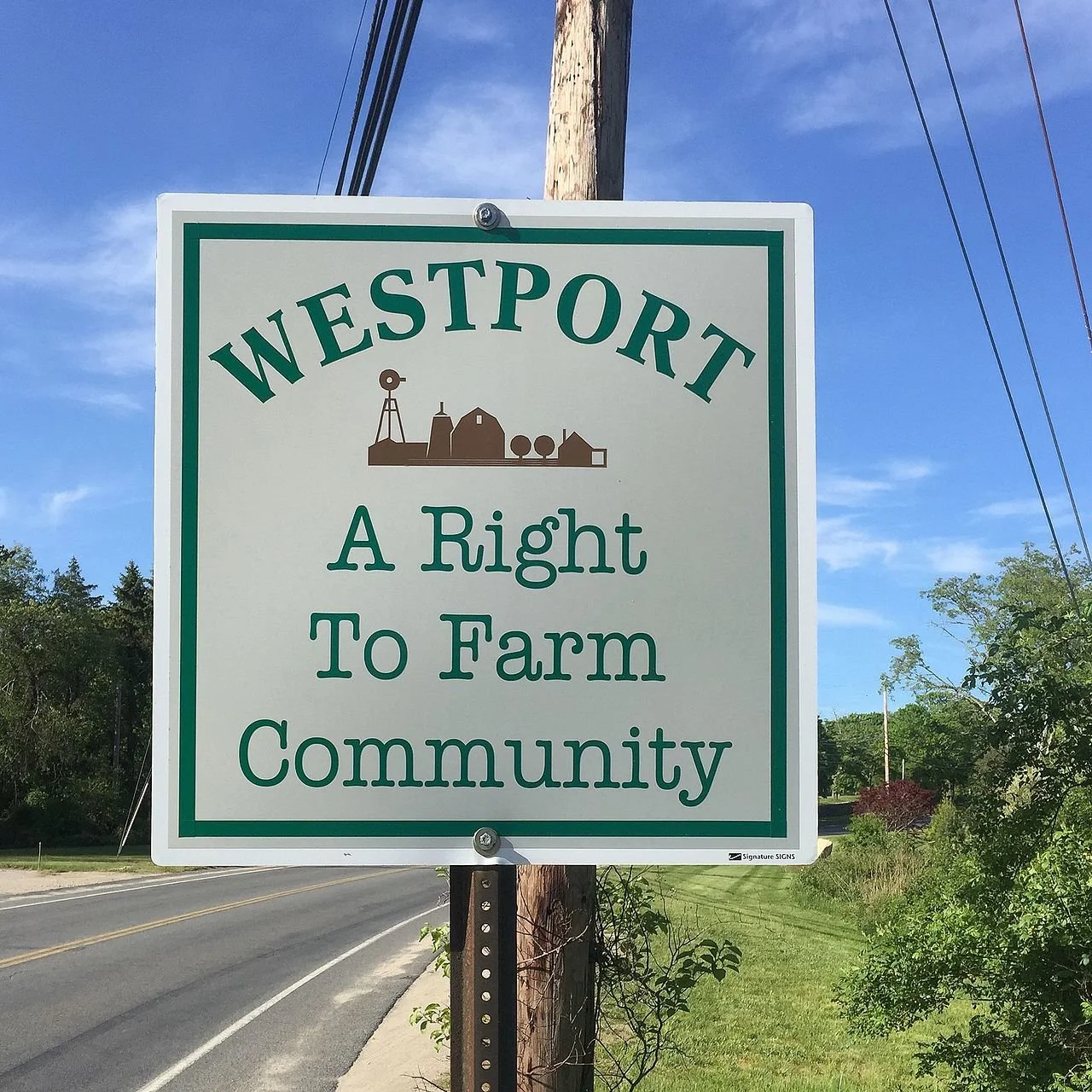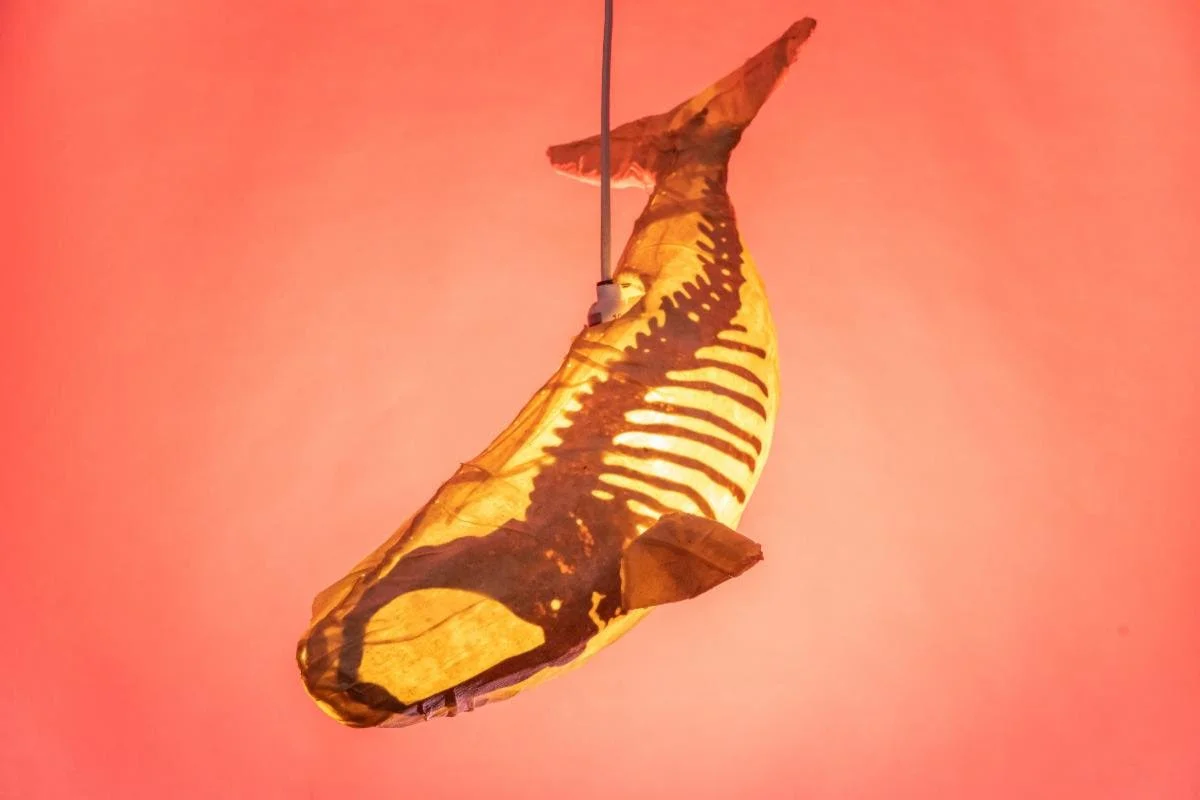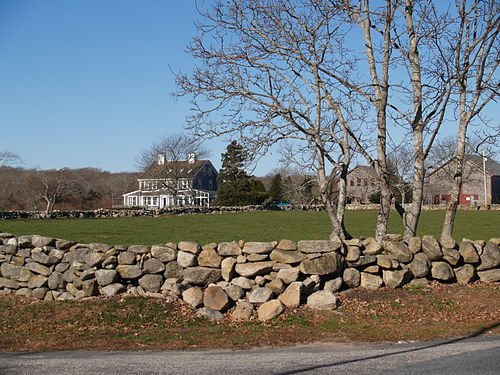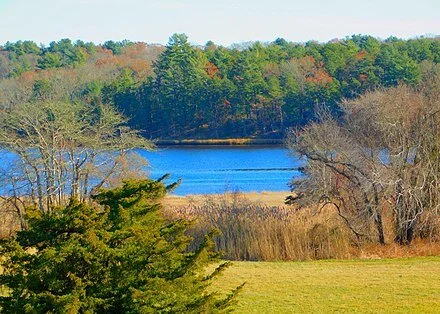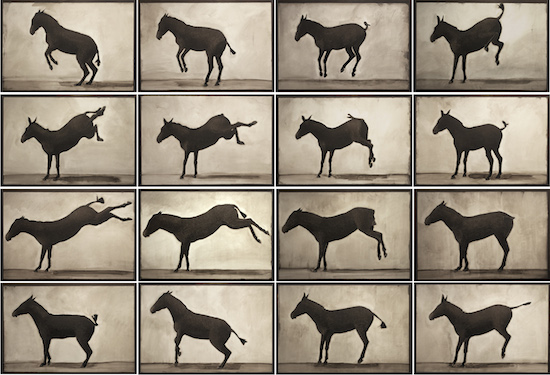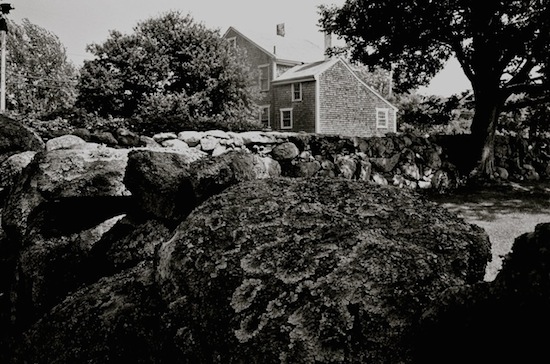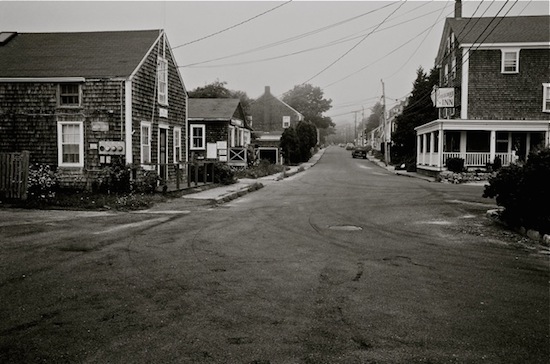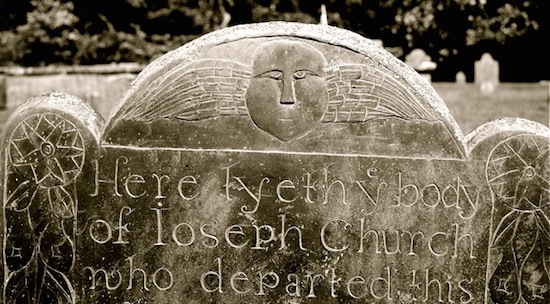
Coastal atmosphere
“William Shattuck: Paintings, Drawings and a Book!” (opening July 8) at Dedee Shattuck Gallery, Westport, Mass.
This quote from Mr. Shattuck is via the New Bedford Whaling Museum:
“Drawn in by color, composition and light, I find I’m also inspired just as easily by the temperature, the character of the air and atmosphere in the moment. I am not a Plein Air painter by any means, but I do spend a good deal of time walking through the fields, woods and marshes along this shoreline, noting the beauty and interplay between land, water and sky. I’ll sometimes make a line drawing with color notes, then eventually execute a finished piece in my studio.”
xxx
The Whaling Museum’s note:
“William Shattuck lives in Southeastern Massachusetts. His paintings reflect a fascination with the tidal marshes, estuaries and woodlands along that coastline. Having moved there in 1980 from New York, he has appreciated the changing patterns of light and weather throughout different seasons and times of day.’’
#Dedee Shattuck Gallery
#Westport, Mass.
#William Shattuck
Land conservation has favored the white and wealthy
In Westport, Mass., where affluent summer and year-round homeowners have helped protect much countryside from development.
From article in ecoRI News (ecori.org) by Frank Carini
Concern about environmental and social injustices is spreading, but little research documents how the benefits of land conservation are distributed among different groups of people. In fact, the findings of a new study reveal efforts are likely needed to account for human inequities while continuing land conservation needed for ecological reasons.
Protecting open space from development increases the value of surrounding homes, but a disproportionate amount of that newly generated wealth goes to high-income white households, according to the study published recently in the Proceedings for the National Academy of Sciences.
Land conservation projects do more than preserve open space, ecosystems, and wildlife habitat. These preservation projects can also boost property values for nearby homeowners, and those financial benefits are unequally distributed among demographic groups in the United States.
The study, by researchers from the University of Rhode Island and University of Illinois Urbana-Champaign, found that new housing wealth associated with land conservation goes disproportionately to people who are wealthy and white.
To read the whole article, please hit this link.
#land conservation
Symbolic thread
“Baggage” (fiber, resin, modeling paste and paint), by Westport, Conn.-based artist Norma Minkowitz, at the Fairfield (Conn.) University Art Museum.
—Courtesy of the artist and browngrotta arts. ©Norma Minkowitz.
“This solo exhibition surveys the artist’s four-decade engagement with the physical and symbolic properties of thread. Minkowitz reinvents traditional needlework by crocheting fantastical forms, coating them in resin and shellac to create rigid sculptures and hangings. The delicate, mesh-like surfaces of her artworks break down oppositions between soft and hard, inside and outside, body and soul.’’
Minuteman Statue at Compo Beach, Westport
Summery elite
Painting by South Dartmouth, Mass., artist Sarah Benham in the group show “Coming Full Circle,’’ at Dedee Shattuck Gallery, Westport, Mass., through Sept. 16.
We're all losers in the end; 'right to farm' in Westport
Painting by Irish artist Molly Judd in her show “Losing Stories,’’ at Dedee Shattuck Gallery, Westport, Mass., June 11-23.
All 50 states have “right-to-farm’’ laws to try to protect qualifying farmers and ranchers from nuisance lawsuits by individuals who move into rural and exurban areas where normal farming operations exist, and who later use nuisance actions to try to stop those ongoing operations.
— Photo by Kenneth C. Zirkel
Gathering around light
“Right Whale Lantern”, by Vermont-based artist and scientist Kristian Brevik in the group exhibition “Light Show.’’ at Dedee Shattuck Gallery, Westport, Mass. through Dec. 21. (North Atlantic Right Whales are in danger of extinction.)
The gallery (which is also a diversified arts center), explains:
“Light Show” is a multimedia group show with work by Adam Frelin, Kristian Brevik, Linda Schmidt, Megan Mosholder and Steven Pestana. Each of these artists utilizes light—either artificial or natural light—as a key component of their work. This exhibition, beginning after Daylight Savings Time and leading up to the winter solstice, celebrates how we create light in darkness, how we gather together and around light sources as the ever-fascinating visual medium of people across time.’’
In a rural, or at least exurban, part of Westport, which has become increasingly attractive to affluent people from Greater New York City and Greater Boston for weekend and summer places. They’re drawn by its countryside, which includes farms and vineyards, its relatively mild climate and Buzzards Bay, which is among the warmest bodies of water in New England in the summer.
If you see this above, take cover
“River in the Sky,’’ by Mo Kelman, in the group show “Luminous,” at Dedee Shattuck Gallery, Westport, Mass., Oct. 16-Nov. 14
Fall on the Westport River
Lost in the fungi
“Centennial,’’ by Riitta Ikonen, in the group photographic show “Foragers,’’ at Dedee Shattuck Gallery, Westport, Mass., through June 7.
The gallery explains:
”The work of these artists considers how we glean from the landscape— for food, inspiration, contemplation, and sources of beauty. Foraging is an act of engaging with wilderness to bring something home, an indistinct border crossed by the curious and observant.’’
Chris Powell: The hyper-hypocrisies of exclusionary zoning
Minuteman Statue in the exclusive Compo Beach section of the rich Fairfield County, Conn., town of Westport
— Photo by WestportWiki
MANCHESTER, Conn.
Nearly everybody wants some peace and quiet at home, so naturally enough residential real estate is often about exclusivity. "Park-like setting" may be the most appealing part of advertisements for housing, followed closely by location in a successful school district.
Since only the rich can guarantee such housing for themselves with their own funds, buying not only the housing but also the park to go with it, municipalities have used zoning regulations to separate residential from industrial and commercial areas. There is nothing wrong with that. But as Connecticut knows only too well, municipalities also use zoning for exclusion -- to keep people out generally and the poor particularly, since the poor cost government more than they pay in taxes and are disproportionately disruptive.
While exclusive zoning goes too far, Connecticut long has failed to curtail its excesses, and so the suburbs are always producing hypocritical controversies about what should be only ordinary housing development. Such controversies recently broke out in Westport and Vernon.
In Westport a Superior Court judge has overturned the Planning and Zoning Commission's rejection of an 81-unit apartment complex that neighbors say will diminish safety in the neighborhood. The neighbors insist that they are not against less-expensive housing or more people from minority groups in town; they just don't want such housing near them, what with the extra traffic and all.
The argument is similar in Vernon, where neighbors petitioned against a plan to build 56 apartments on a street with both single-family and multifamily housing. Besides raising traffic and safety concerns, the neighbors contended that there is already too much multifamily housing in the area.
Too much multifamily housing for whom? There's not too much for people looking for housing in a state whose housing costs are already high and long have been pricing people out of many towns. Indeed, while homeowners celebrate rising property values, renters and people seeking to set up their own households don't, any more than homeowners celebrate rising prices for food and medical insurance. For housing is a necessity of life just as those other things are.
The more that is claimed by necessities from personal incomes, the less discretionary income people have and the more they are just surviving, not living.
The traffic argument against housing is always weak if not ridiculous, since of course there can be no new housing without traffic, and the housing in which the opponents of new housing live increased traffic itself.
People raise traffic concerns about housing only when they are already comfortably settled. Nobody thinks of himself as constituting too much traffic and nobody declines to move into an area because he will be increasing traffic for others.
Until the radical environmentalists take over and impose brutal population controls like China's, population and economic growth will continue to go hand in hand in the United States and require more housing. Connecticut can't achieve economic class and racial integration without it.
More housing in the suburbs isn't the only way of achieving economic class and racial integration. That also might be achieved by acknowledging the failure of Connecticut's welfare and urban policies to elevate the poor and members of racial minorities and improve the cities in which most of them live. Then the middle class might want to return.
But the interests that are invested in the failure of welfare and urban policy and the failure of the cities themselves remain too influential in state politics. If the cities were not perpetually poor -- essentially poverty factories operated by government and controlling the tens of thousands of votes cast by both the poor and the legions ministering to them at government expense -- Connecticut's majority political party would lose its decisive pluralities in state elections.
Government has much less patronage to bestow when the private sector is prosperous and people are well educated, skilled, and self-sufficient. As a political matter, that can't be allowed.
So for the time being Connecticut might do well just to reflect that it’s a good thing the Indians never had zoning. Otherwise there'd never have been any integration and there would be no one to lose money at their casinos.
Chris Powell is a columnist for the Journal Inquirer, in Manchester.
Nitrogen runoff versus herring runs
A herring run in part of Westport, Mass., renews questions about nitrogen pollution's destructive effect on wetlands.
Some observers believe that elevated nitrogen levels from lawns, farms and and golf courses discourage marsh grasses from putting down the deep roots that knit marshes together since the runoff makes nitrogen excessively plentiful at surface levels. And they worry that the nitrogen fuels the thick green algae that can clog herring runs during warm weather and kill much life by sucking up too much of the oxygen.
William Morgan: The Quaker Coast
Photos (below) and commentary by WILLIAM MORGAN
It has been almost a decade since I published a book of photographs on the Cape Cod cottage. Since, then, I have been looking for another suitable topic.
My (more successful) photographer friends tell me no one is underwriting black and white photos taken with film. And my favorite publisher nixed the idea for a photographic study of what I call the Quaker Coast (the towns of Dartmouth and Westport in Massachusetts, and Little Compton, just over the border in Rhode Island), declaring that there would be no market for such a book.
Yet there is something special – and not yet ruined – about those three towns. Fishing and agriculture still survive, if not actually thrive, there. And the mostly unspoiled landscape and the prevalence of a plain vernacular architecture, mostly wrapped in cedar shingles.
In lieu of the fantasy book, I offer the readers of New England Diary three images from the book proposal.
Addendum: Much of Cape Cod, Martha's Vineyard and Nantucket were also Quaker. I went to a few family memorial services in the Quaker meeting house in West Falmouth, on the Cape.
Many whalers were of Quaker background -- but that didn't make them gentle at all. Rather, many were tough and rapacious. Many became very successful capitalists whose investments spanned the world.
-- Robert Whitcomb
Baby Boomers as shut-ins; Gees' infernal groves of academe
Will America soon get more realistic about the “Silver Tsunami” of Baby Boomers heading into old age? So far, the nation’s policymakers have mostly been in denial, though it’s probably the biggest fiscal and social challenge of the next few decades in America and Western Europe.
But then, most Boomers themselves have been in deep denial. Many have not saved nearly enough money. They might have been lulled into complacency by seeing how many of their parents, beneficiaries of historical luck, have lived comfortably on old-fashioned defined-benefit pensions (and Social Security), which many of them started enjoying upon remarkably early retirements.
Some of the oldest Boomers — those born in the late 1940s — have those traditional pensions; most of the younger ones will have to settle for, at the most, 401(k)s. Meanwhile, most Boomers underestimate how much ill health will beset them as they age.
But there are even bigger problems. Consider how dispersed America (capital of anomie) has become. As always, many families with children break up as couples divorce — though more and more the couples don’t get married in the first place — and people move far away from “home” to seek jobs or better weather, or are just restless. This leads to a sharp decline (accelerated by modern birth control) in the number of large but close-knit families. At the same time, there has been a huge increase in the number of younger families where only a very harried mother, who may well never have been married, is the sole parent in place, amidst a societal emphasis on “self-actualization” above family and civic duties. All these factors mean that a lot of old people won’t have the family supports enjoyed by previous generations of old people, even as they generally live longer, albeit with chronic illnesses.
There are, of course, retirement communities, with some of the high-end ones set up like country clubs. The better ones have gradations of care, from independence, within a rather tight if safe community, organized by for-profit or nonprofit organizations, to “assisted living,” which usually involves residing in an apartment and getting help with some daily tasks, and, last, the nursing-home wing for those who have slipped into full-scale dementia or are otherwise disabled.
But plenty of people can’t afford to live in a retirement community.
More realistic and pleasant for many folks are such organizations as the Beacon Hill Village model, in Boston. In this, for hundreds of dollars a year in dues you become part of a formal network of old people (and thus indirectly the networks of their families and friends) and get such services as easy access to transportation, shopping, some health-care connections and trips to cultural events. The central idea is to let people “age in place” — to stay in their homes as long as possible.
Of course, most old people eventually get very sick and end up in the hospital and/or nursing home. But the Beacon Hill approach is attractive — if you can afford the dues.
The fact is that most oldsters will have to create their own informal networks of family and friends to help look after each other as their mobility declines. And in the end, the majority must depend on family members, if they can find them. So often, obituaries report that the recent decedent was at the time of demise in some strange place with no seeming link to his or her past. It’s very often the community where a child — more often a daughter — has been living. As Robert Frost said: “Home is the place where, when you have to go there, they have to take you in.” “They” generally means a relative, not a friend.
Until then, will you have enough loyal friends to look after you when you get really old? You’d better make sure that your pals include some folks too young to live in retirement communities.
***
Hurrah for “Higher Education: Marijuana at the Mansion,” Constance Bumgarner Gee’s well-written memoir. Most of the self-published book is about her time as the wife of the very driven, peripatetic and big-spending E. Gordon Gee, who has led the University of Colorado, West Virginia University (twice), Ohio State University (twice) and Brown University, where he had the tough luck to succeed the much-liked and world-class hugger Vartan Gregorian, who had gone on to run the Carnegie Corporation of New York.
There’s lots of, by turns, hilarious and sad personal stuff in the book — about her sometimes bizarre relationship with her immensely well-paid and workaholic husband, the silly controversy about her using marijuana to treat her Meniere’s disease, her love of her riverfront house in Westport, Mass., and her ambivalent attitude toward her native South. But best is her vivid portrayal of university boards and administrations these days.
It’s not a pretty picture. The social climbing, empire-building, brand obsession, backstabbing and money-grubbing don’t present many good civic models for today’s students. The stuff at Brown was bad; it was much worse at Vanderbilt in Mrs. Gee's story. Big universities are starting to look like New York City hedge funds whose partners are driven to build ever bigger houses to show off to each other in East Hampton.
Now to reread Mary McCarthy's novel "The Groves of Academe''.
Robert Whitcomb (rwhitcomb51@gmail.com), a former editor of The Providence Journal's editorial pages, is a Providence-based editor and writer.
The anguish of 'The Organization Man'
See Paul Zahl's wonderful take on Sloan Wilson and his "The Man in the Gray Flannel Suit'' (1955), that memorable but frequently misdescribed novel about what William H. Whyte called the corporate "Organization Man''.
The Reverend Mr. Zahl (he is an Episcopal minister) headlined his posting "Post Traumatic Stress Disorder in Suburbia''.
The hero of the novel, the polite and quiet Tom Rath, is a daily Westport-New York commuter on the infamous New Haven Railroad (now the infamous Metro North) in shock from what happened to him in World War II.

